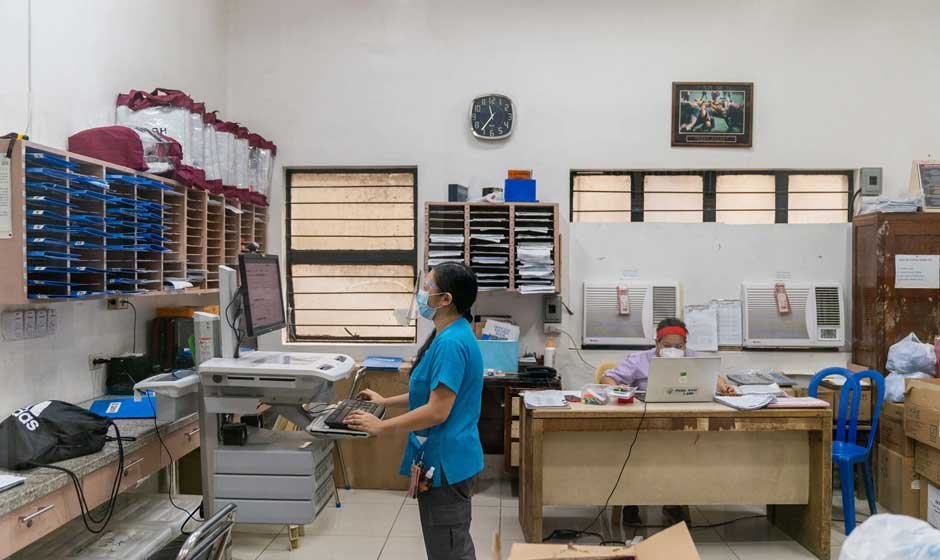Skip to the good bit
ToggleBecause of budgetary limitations and ecological issues, hospitals are increasingly repurposing medical devices. Yet, while reintroducing reconditioned equipment, it is crucial to ensure security, efficiency, and conformity. An important component of this procedure is the clinical risk management process which provides a structured framework to assess and control risks associated with reused equipment. Hospitals must integrate this framework into their institutional policies to ensure patient safety and compliance with healthcare standards.
Why Reuse Medical Equipment?
There is growing demand on medical facilities to lower operating expenses without sacrificing the level of treatment. Reusing and repairing medical devices is one successful tactic. Well reconditioned tools, ranging from imaging systems to surgical tools, may function as well as fresh gear at a far cheaper cost. Recycling healthcare technology prolongs the life of precious resources and reduces the disposal of electronics, both of which contribute to environmental initiatives.
Reusing medical equipment has hazards even with its benefits. This is a result of inconsistency with modern technologies, pollution, and breakdowns in mechanism. Therefore, before the equipment is returned to its original state, physicians must address these issues through the implementation of established processes and regulations.
The Importance of Standard Operating Procedures (SOPs)
Reused medical supplies are governed by institutional guidelines that center on comprehensive guidelines for operation. Amongst branches, these SOPs guarantee uniformity, responsibility, and adherence. A comprehensive explanation of each step of the reused phase, including acquisition, inspection, testing, cleaning, sterilization, documentation, and confirmation, is required.
Policy for Acquisition: Choosing and authorizing equipment for reuse is the first step in the process. Hospitals should determine whether devices qualify based on their kind, condition, and usage history.
Examining and testing: After being identified, the equipment is thoroughly inspected to determine its wear and functionality. Professional biomedical technicians assess if it satisfies performance requirements.
Sterilization and Cleaning: There is no negotiating at this stage. All reusable equipment must be thoroughly cleaned and then sterilized using authorized techniques to get rid of any dangerous substances or biological residue.
Check for Compliance: Equipment must meet international and national requirements prior to reintegration. Hospitals should confirm regulatory requirements, such as device categorization and labeling, and manufacturer standards.
Auditing and Paperwork: Every action has to be recorded. For regulatory checks and internal audits, recordkeeping is essential. This covers the history of preservation, cycles of cleaning, and staff.
Permission to Use: Lastly, a certified committee or safety officer must authorize the device. Only compliant and safe instruments are reintroduced into the clinical setting thanks to this last stage.
Risk Assessment and Mitigation
Managing reused equipment involves continuous risk assessment. This is where the clinical risk management process plays a central role. The process involves:
Identifying possible issues with repurposed equipment, such as failure, infection risk, or user mistake, is known as “hazard identification.”
Risk analysis: Assessing the degree and probability of damage in the event that a risk
materializes.
Control measures: Implementing plans to get rid of or lessen the hazards. This might entail better cleaning procedures, personnel training, or more regular testing.
Review and monitoring: Organizations must keep an eye on results and revise rules as necessary.
These steps ensure that reused devices are integrated safely into hospital systems without compromising patient care or violating regulations.
Staff Training and Awareness
Staff training is another important aspect of institutional policy. Every employee who handles, reprocesses, etc uses repurposed healthcare supplies has to get educated about the most recent safety regulations. Curriculum curricula must be consistent, reviewed often, and incorporate competency-based evaluations.
Audit teams are frequently formed by facilities to assess staff adherence to reuse guidelines. Inspections like these enhance compliance with safety protocols and reveal gaps in expertise.
Regulatory and Ethical Considerations
Tight rules and regulations, including those established by the FDA, CE, and regional health officials, govern how facilities function. They specify what objects are able to be remade, as well as how medical equipment should be reused. Universities are required to create internal procedures that comply with these rules.
There are ethical issues as well. Health and safety and patient satisfaction should never be jeopardized by repurposed equipment. Whether they are brand-new or reconditioned, patients have a right to be treated using trustworthy and efficient equipment.
Continuous Policy Evaluation
Organizational rules shouldn’t stay the same. Colleges have to review when adapting their processes when new information becomes available and technological advances occur. To improve the recycling policy, risk management reports, incident logs, and equipment performance data should be examined on a regular basis.
Facilities may remain up sharp alongside the most recent technical advancements, business processes, and regulatory changes with the support of biannual policy studies. Policy development may be further improved by collaborating with manufacturers, administrative contractors, and outside experts.
Conclusion
Reusing medical equipment offers hospitals a practical solution for cost and waste reduction, but only when backed by strong institutional policies. A robust clinical risk management process must form the foundation of these policies, ensuring that every reused device undergoes thorough scrutiny before re-entering clinical service.







